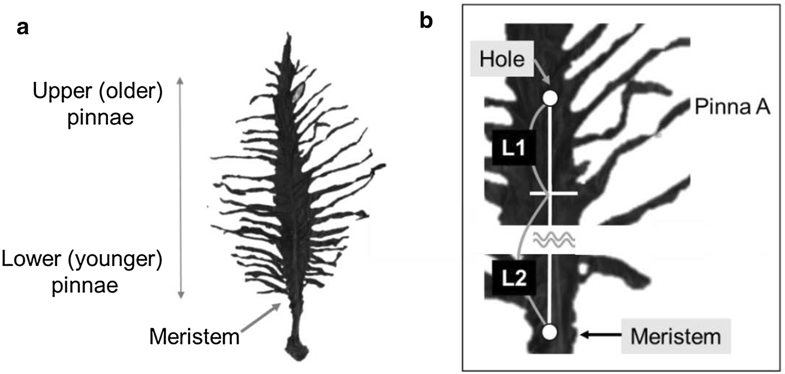Ramen is a popular Japanese dish, it consists of noodles served in a meat or (occasionally) fish-based broth, often flavored with soy sauce or miso. There are also a variety of toppings available. Ramen has become a culinary explosion, with ramen shops popping up all over the USA.
However, going out for ramen with vegetarian friends can lead to mixed reviews. The main difference comes in the vegetarian broth, and the broth is what makes or breaks a bowl of ramen. To answer this problem, some chefs have started making kelp broths. Kelp broth will naturally have a meaty (umami) taste with a hint of salty ocean. We recently read a review in Broadsheet (food and drink section) from a die-hard ramen fan in Australia. The author of the piece, Molly Urquhart, goes into great detail about her typical disappointment with vegetarian ramen, and how her discovery of kelp broth is more than satisfactory.
We hope to see more ramen shops incorporating their own version of seaweed or kelp broth. Kelp stock would be an excellent meat broth alternative being sustainable, healthy, and economically viable.


